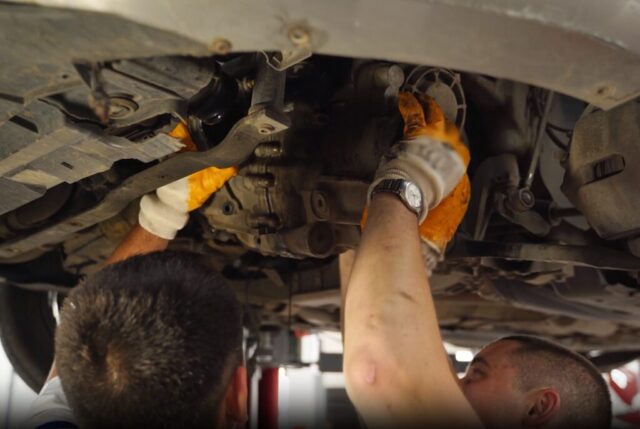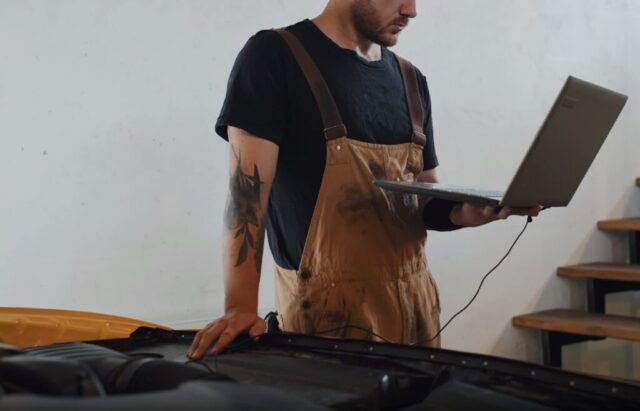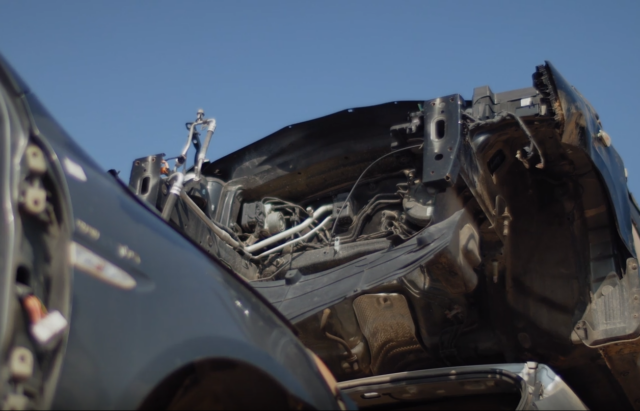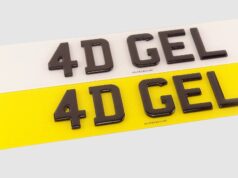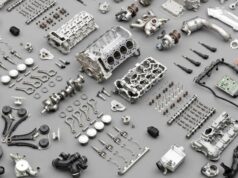
The importance of recognizing the signs that it’s time to junk your car cannot be overstated. Clinging to a vehicle that’s past its prime can lead to increased costs, pose safety risks, and even harm the environment. In this blog post, we will explore the clear signs that indicate when a car has reached the end of its useful life.
High Repair Costs
Expensive repairs are one of the most straightforward indicators that it might be time to junk your car. This is a sign it’s time to consider getting an online quote for junk car or sending it to the scrapyard. When the cost of fixing a vehicle repeatedly outweighs its value or the price of a newer model, it’s time to evaluate your options.
Specific repair costs to watch for include major engine work, which can run upwards of $4,000, or transmission repairs, which can be similarly pricey. If you’re facing such costs, it’s crucial to consider whether investing that money into an old vehicle is wise.
Additionally, when wear and tear lead to a domino effect where one repair leads to another, your car becomes a money pit. In such cases, it would be more economical in the long run to invest in a new or gently used vehicle rather than pouring more funds into a car that’s losing its reliability.
Frequent Breakdowns
The inconvenience of frequent breakdowns can’t be overstated. Constantly dealing with car trouble disrupts your life and can become a source of stress and frustration. If you find yourself on a first-name basis with the tow truck driver or your mechanic knows your car better than you do, it’s a clear sign that frustration your car’s reliability has diminished.
Key issues that signal it’s time to let go include chronic engine problems, persistent overheating, or electrical issues that affect your car’s performance. Moreover, if your car is always in the shop for repairs to critical systems such as the brakes, steering, or transmission, not only are these issues expensive to fix, but they also pose serious safety risks. When breakdowns become the norm rather than the exception, it’s a strong indication that your car has reached the end of its roadworthy life.
Age of the Car
A car’s age is a key factor in deciding its end of life. Generally, a car that’s more than 15 years old or has over 200,000 miles might be ready for retirement. Aging parts, outdated safety features, and compromised performance are common in old vehicles. Moreover, they often lack the fuel efficiency and cleaner emissions of newer models. If your old car guzzles gas or pollutes more than it should, it could be time to consider replacing it.
Declining Gas Mileage
Deteriorating gas mileage indicates engine wear or issues with the fuel system. If your car consumes more fuel than it used to, it might be due to problems like a faulty oxygen sensor or aging fuel injectors. Significant decreases in fuel efficiency hit your wallet hard and suggest your car isn’t running as it should.
As fuel systems and engines wear out, efficiency drops, leading to more frequent and costly gas station visits. When the cost of driving your car becomes too steep compared to newer models, junking it could be the economical choice.
Rust and Corrosion
Rust isn’t just unsightly—it can also weaken your car’s structure. Check for rust in critical areas like wheel wells, the undercarriage, exhaust systems, and engine compartments. Severe rust can be costly to fix and may pose safety risks. If rust is extensive, it’s often an indication that the car is approaching the end of its lifespan and might be safer to junk it.
Safety Concerns
Safety should always come first. Older cars might not meet current safety standards, and their protective features could be worn out. If your car’s safety features like airbags or seat belts are not working properly, or if it lacks modern safety technologies, it’s a strong argument for junking it, especially if you often transport children or other passengers.
Failed Emissions Test
Failing an emissions test signals exhaust system issues and environmental harm. Cars that don’t pass these tests emit pollutants above legal limits. This could be due to a variety of issues, from simple fixes like a loose gas cap to more complex ones like a damaged catalytic converter. If repairs are costly and your car has other issues, it might be more responsible to junk it, for the sake of both regulations and the environment.
Unavailability of Parts
As cars age, finding spare parts becomes harder and more expensive, especially for discontinued models. This can make maintenance both costly and impractical. When it’s challenging to source essential parts for repairs, it’s a sign that the car is becoming unreliable and might be time to scrap it.
Constant Fluid Leaks
Frequent fluid leaks can signal serious underlying problems. Regular leaks, whether oil, coolant, or brake fluid, indicate that car components may be failing. Constant leaks can escalate to major issues like engine or transmission failure. If your car often leaves puddles and topping off fluids is a routine, it may be time to consider disposing of it.
Reduced Resale Value
As a car ages, its resale value drops due to increased mileage, wear and tear, and market trends. When the car’s value falls below a certain point, selling it for scrap or parts might be more financially sensible. Tools and databases can help determine current resale value; if it’s close to the car’s scrap value, and needed repairs are too costly, junking the car is often the best choice.
In summary, it’s important to be aware of when it’s time to junk your car. High repair bills, constant breakdowns, old age, poor gas mileage, rust, safety risks, emissions test failures, hard-to-find parts, persistent fluid leaks, and low resale value all signal it might be time to let go. Evaluate these factors to make a decision that’s safe and sound financially. Junking an old car can be a tough choice, but it often leads to a safer, more cost-effective driving future.

